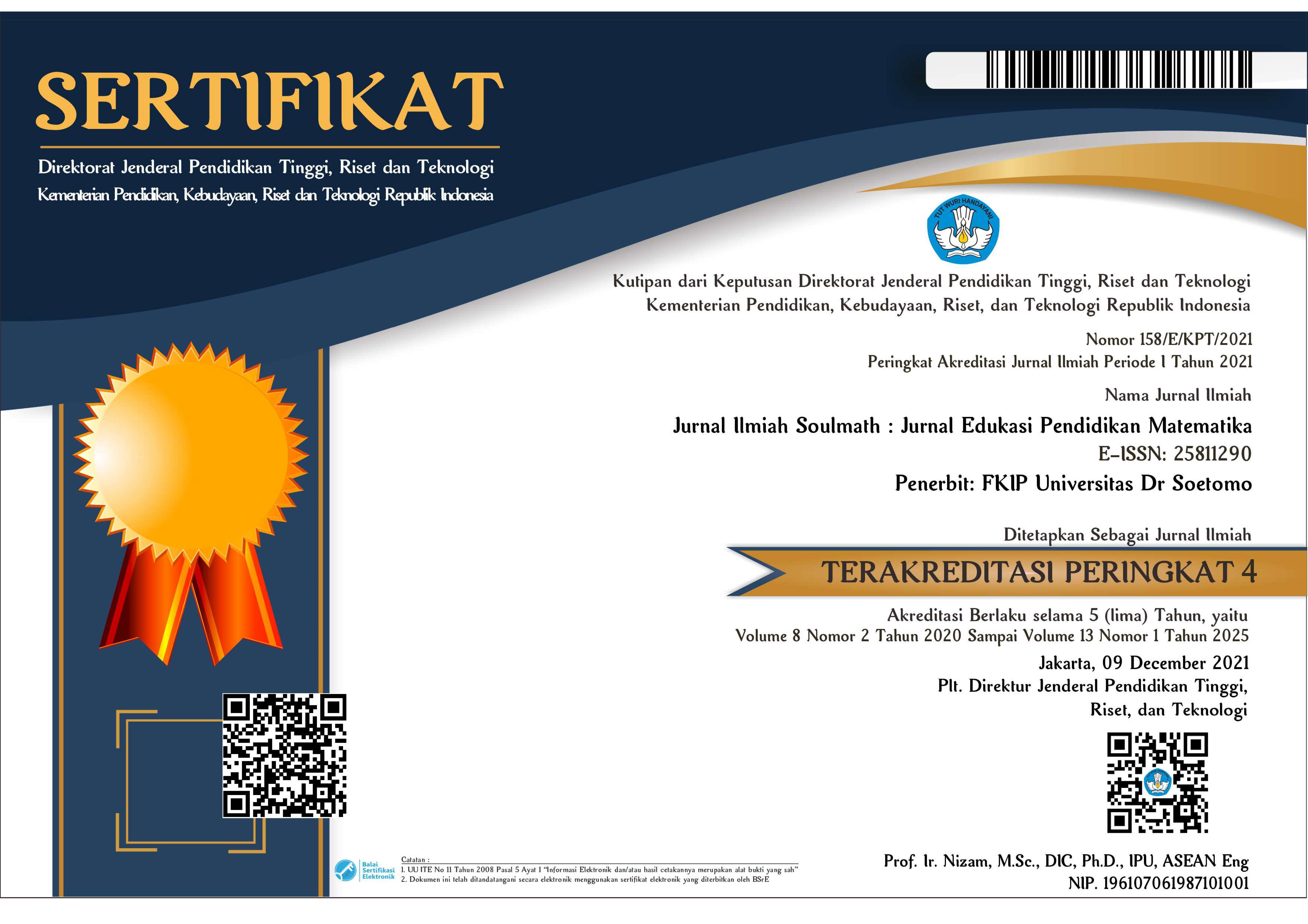Prediksi Kerentanan Personal Terhadap Covid 19 dengan Menggunakan Pendekatan Graf
 Abstract views: 375
,
Abstract views: 375
,
 PDF downloads: 395
PDF downloads: 395
Abstract
Abstract
The Covid 19 pandemic happened in arround the world include in Indonesia. It has impacts in many fileds. This research developed to solve the Covid 19 problem. This research requires complex variables based on the varying data in the field. Based on surveys and data, it found that there are 65% of personals know the status of their area in danger zone or safe zone for Covid 19. However, there are still many personals ignore the zone status that has been informed previously by the relevant goverment. The purpose of this study is to determine personal vulnerability to Covid-19 based on zones or regions. Moreover, prediction of vulnerability based on personal distance, the number of personal confirm Covid-19 arround the areas, and other variables such as immunity, and the accuracy of GPS applications. The methods is carried out by creating a vulnerabelity prediction model through GPS tracking based on the position or residence, then create to graph model in shortest path. Initial predictions are given a minimum distance between the personal and individuals confirms is one meter. The result of this research is percentage of personal vulnerability on the number of confirmed Covid 19 detections based on zones or regions. The prediction includes three models such as susceptible, quite susceptible, and safe. Personal susceptible in the percentage arround 90%-100%, quite susceptible in the percentage 75%-90%, and consideres safe in less that 75%.
Keywords: prediction, vulnerability, graph
Downloads
References
[2] Kompas.com, “5 Klasifikasi KAsus Covid 19 Di Indonesia, tanpa Gejala, Ringan, sampai Kritis,” Kompas, Indonesia, 2020.
[3] K. Kominfo, “PeduliLindungi,” Kementrian Kominfo, Indonesia, 2020.
[4] N. D, “Perancangan dan Realisasi Sistem Transmisi Data GPS Menggunakan Teknologi SMS,” Jurnal Teknik Elektro, pp. 48-59, 2013.
[5] A. G. C. P. a. R. A. K. R. Hrasko, “Time series prediction using restricted boltzmann machines and backpropagation,” Procedia Comput. Sci., vol. 55, pp. 990-999, 2019.
[6] M. R. M. D. W. a. K. P. M. Maleki, “Time series modelling to forecast the confirmed and recovered cases of COVID-19,” Travel Med. Infect. Dis.,, no. doi: 10.1016/j.tmaid.2020.101742., 2020.
[7] Z. Ceylan, “Estimation of COVID-19 prevalence in Italy, Spain, and France,” Sci. Total Environ, vol. 729, no. doi: 10.1016/j.scitotenv.2020.138817., 2020.
[8] https://tekno.kompas.com/, “Pandemi Bikin Orang Indonesia Makin Betah Berlama-lama Buka Aplikasi,” Kompas, Indonesia, 2020.
[9] Gross, Graph Theory and It's Application (Second Edition), New York, 2006.
[10] Munir, Algoritma dan Pemrograman Dalam Bahasa Pascal C, dan C++ Edisi ke-6, Bandung: Penerbit Informatika, 2016.
[11] Adam, “Modellers Struggle to Predict the Future of The Covid 19 Pandemic, ThScientist, March 12,” https://www.the-scientist.com/news-opinion/modelers-struggle-to-predict-the-future-of-the-covid-19-pandemic-67261, 2020.
[12] M. R. a. O.-O. Roser, “Covid 19 Research and Statistic,” 2020.
[13] R. Munir, Algoritma dan Pemrograman Dalam Bahasa Pasacl C, dan C++ Edisi Ke-6, Bandung: Penerbit Informatika, 2016.
[14] N. Nuraini, “Modeling Simulation of Covid-19 in Indonesia Based on Early Endemic Data,” Cummun. Biomath, pp. 1-8, 2020.
[15] G. N. E. A. Efthimios Kaxiras, “the First 100 Day: Modelling the Evolution of the Covid-19 pandemic,” ELSEVIER, 2020.






